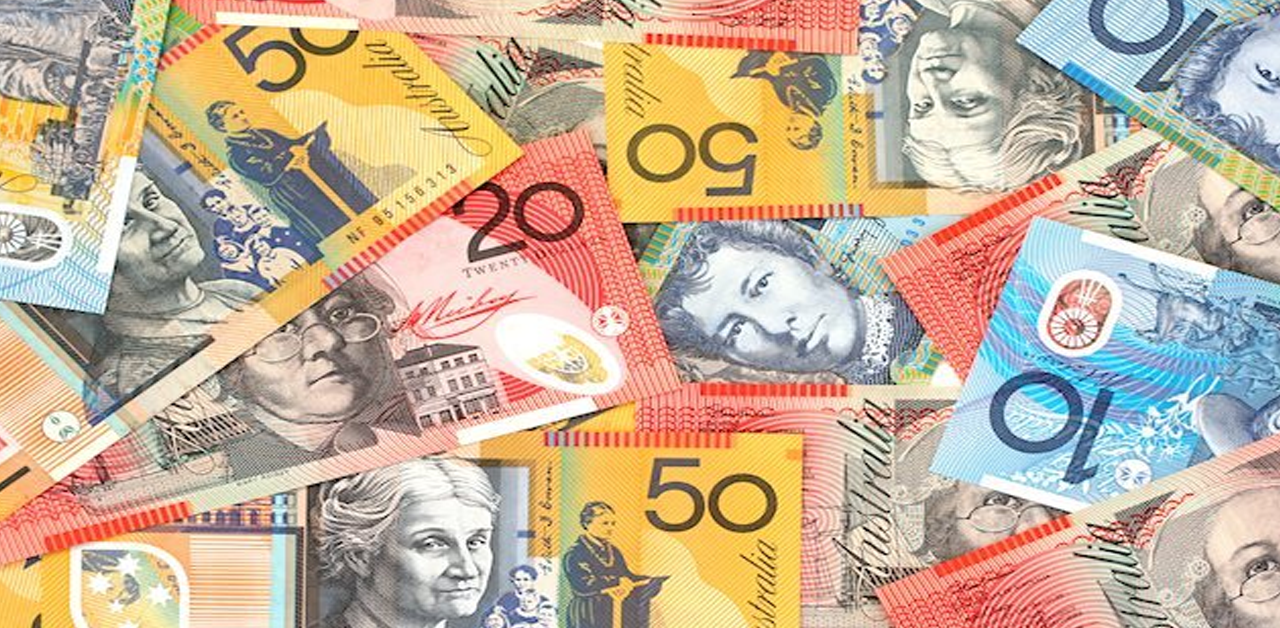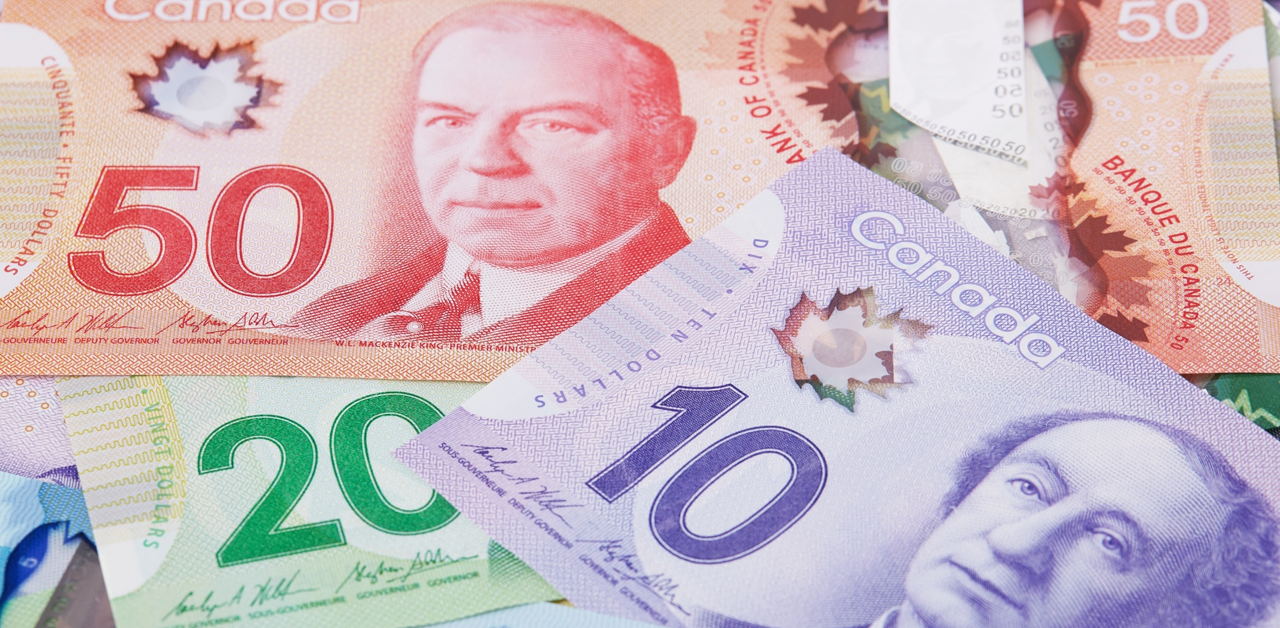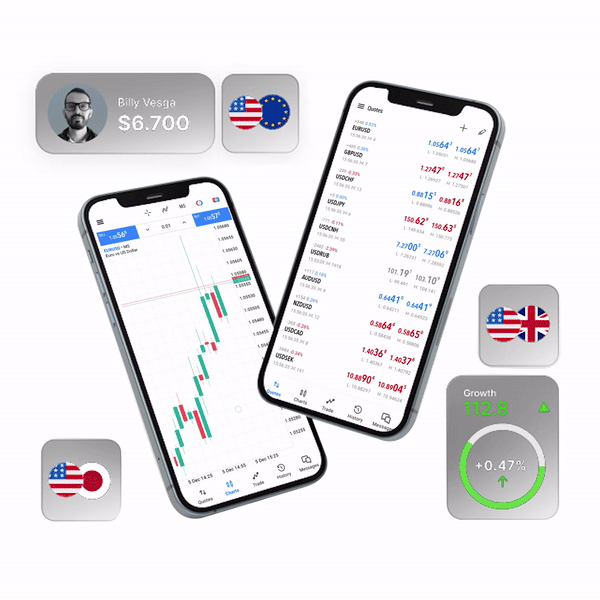Gold (XAU/USD) continues to face selling pressure as Friday’s European session begins, with prices lingering near the previous day’s swing low. The yellow metal is on track for its third consecutive daily loss, weighed down by a strengthening US Dollar and a more optimistic global trade outlook, which is dampening demand for safe-haven assets.
The US Dollar has extended its rebound from a multi-week low, supported by solid economic data, reinforcing expectations that the Federal Reserve will keep interest rates unchanged at its July 30 policy meeting. This has limited appeal for gold, which offers no yield and tends to struggle when the Dollar strengthens.
However, uncertainty still looms over the Fed’s next move. Despite recent data, investors remain cautious, awaiting further guidance from the two-day FOMC meeting starting next Tuesday. Political pressure is also adding complexity—President Donald Trump has renewed his push for lower interest rates, even making a rare visit to the Federal Reserve’s headquarters to lobby Chair Jerome Powell.
Fears over the Fed’s independence could cap the Dollar’s gains and lend some support to gold. Additionally, rising geopolitical tensions—particularly the escalating border dispute between Thailand and Cambodia—could help limit the downside for gold prices.
Market Drivers: Dollar Strength and Resilient U.S. Economy Weigh on Gold
Economic indicators released Thursday point to continued strength in the US labor market. Weekly jobless claims dropped for the sixth week in a row, hitting 217,000—the lowest level since mid-April—suggesting that employment remains robust.
Meanwhile, the S&P Global Composite PMI rose to 54.6 in July from 52.9 in June, marking the 30th consecutive month of expansion. The growth was driven by the services sector, with the Services PMI jumping to 55.2—its highest level this year—while the manufacturing gauge slipped into contraction for the first time since December 2024.
The sustained strength in the services sector and steady employment data support the case for the Fed to hold interest rates steady. Furthermore, growing inflationary pressure, partly due to import tariffs, could discourage any immediate rate cuts despite political advocacy from Fed Governor Chris Waller and Vice Chair Michelle Bowman, both of whom have signaled openness to lowering rates at the upcoming meeting.
Looking ahead, while gold remains under pressure, lingering geopolitical risks and uncertainty surrounding the Fed’s policy stance may help the precious metal find support near current levels.












